On July 27, 2011, in Guatemala City, the study “Issues of Recuperation and Approximate Costs for the Recuperation of the Marlin Mine” was presented to the public. The document represents the fruit of a conjoined effort of the Pastoral Peace and Ecology Commission (COPAE) and the Unitarian Universalist Service Committee (UUSC), intended to approximate the costs which Montana Exploradara, a subsidiary of the Canadian company Goldcorp, would have to assume upon closing the Marlin Mine in San Marcos, in terms of recuperating the environmental damage provoked by the mining operation.
The figure resulting from the study, which corresponds to a set of costs corresponding to diverse recuperative and restorative tasks, such as water treatment, the sealing of underground openings, covering and later reforesting the mine’s open pit and the treatment of tailings, among others, as well as the administrative costs associated with said tasks, is Q389,203,215, some $50,000,000.
The presenters of the study, U.S. engineers specializing in mining issues Steve Laudeman, B.S., M.S., P.E. and Robert Robinson, E.M., M.S., M.E.M.P., P.E., noted that the deposit paid to the Guatemalan government by Montana Exploradora, the guarantee paid beforehand in order that the government would incur no loss were the mine to close for bankruptcy or other reasons, totals Q8 million, roughly $1 million, which is less than it would cost even to dismantle the buildings and other infrastructure belonging to the mining company.
Likewise, they clarified that the Q389 million figure places no price on the human cost of the Marlin Mine, a concept which would conceptualize the medical costs that could be incurred by persons whose health may have been damaged by the mine’s activities, as well as the cultural damage suffered by the Peoples living close to the mine. The engineers presenting the study also indicated that the figure does not include the total cost of water treatment involved, given that such treatment has no end and has to be continued perpetually. Concretely, engineer Steve Laudeman put forth as an example that in the State of Colorado, United States, some $1 million are spent annually for the treatment of water contaminated by mines that were closed some 100 years ago.
 |
| Aura Lolita Chávez, representative of the Consejo de Pueblos K’ichés and the Consejo de Pueblos de Occidente. In representation of the municipalities in which Indigenous Peoples have carried out good faith community referenda, Chávez has solicited that the Constitutional Court grant an injunction against the central government’s current proposal to regulate community referenda. For more information, see this article, in Spanish, on the website of COPAE, as well the articles published June 3, May 6, April 1 and March 1 on the NISGUA blog. Graham Hunt |
Along with the presenters of the study, Aura Lolita Chávez, representative of the Consejo de Pueblos de Occidente (CPO), was present. Chávez declared that “As the Consejo de Pueblos de Occidente, we are observing the violent manner in which this transnational company, Goldcorp, enters our communities” and ratified that “In no way can we, the Original Peoples, the Ancestral Peoples, the men and women who have lived in harmony with Mother Nature, see this as development.” She denounced that a complicity between the Government and transnational companies may be observed and stated that “It is evident that the power relations of the system are not in favor of the communities, never have been and never will.” Making reference to the deposit paid to the State by Montana Exploradora, she declared that “. . . it’s laughable but outraging, because the deposit really does not . . . cover the damages to life in terms of culture, the economy, the social and biological spheres.”

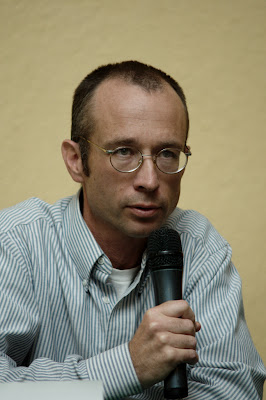

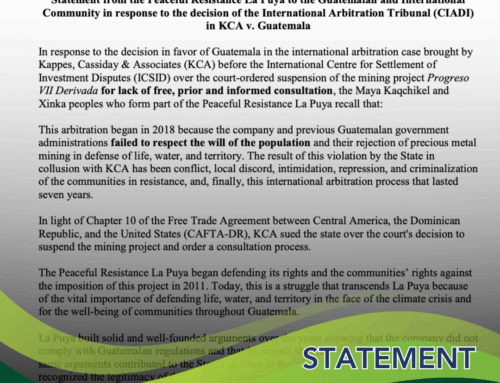
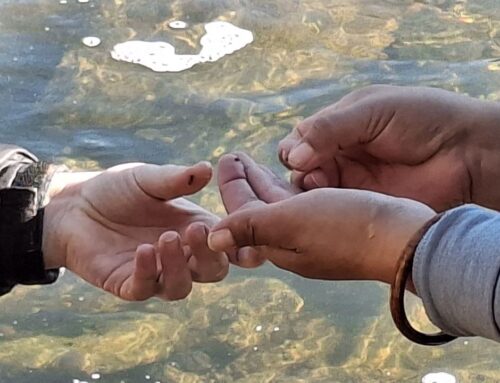
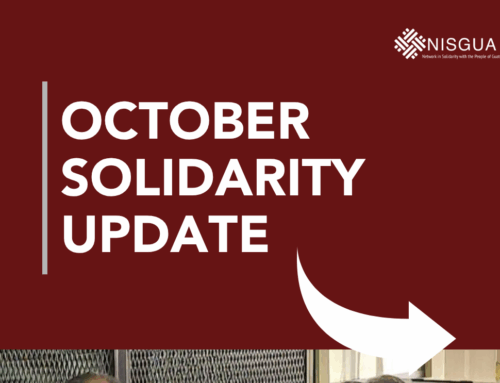
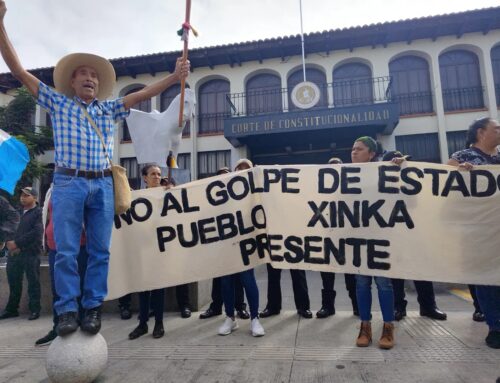
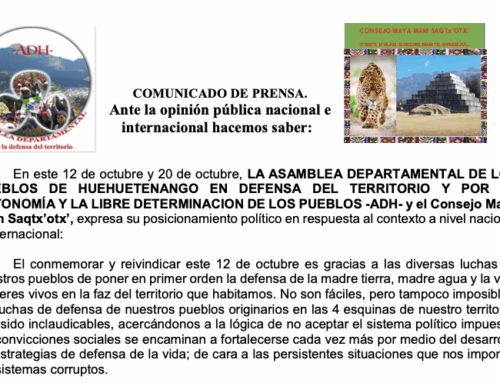
Leave A Comment